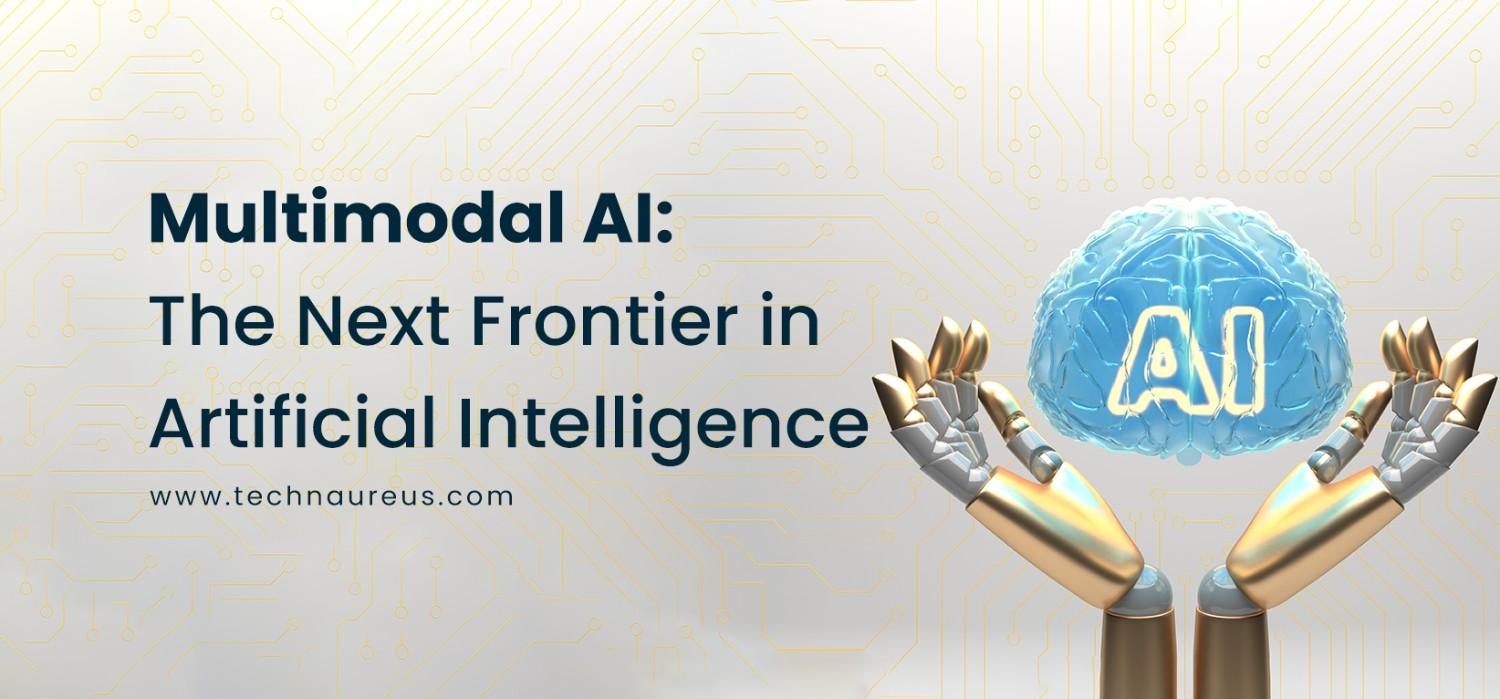Sanjay AjaySept. 24, 2025
Artificial Intelligence has come a long way—from text-based chatbots to advanced image recognition systems. But the latest breakthrough is Multimodal AI, a new approach where AI systems can understand and process multiple forms of input like text, images, audio, and video simultaneously. This shift is unlocking powerful new applications, from intelligent assistants to creative tools, and is setting the stage for the next generation of human–AI collaboration.
In this blog, we’ll explore what multimodal AI is, how it works, its real-world applications, and why it represents a game-changing future for businesses and everyday users alike.
Multimodal AI refers to artificial intelligence models that can process and combine different types of data inputs at once. Unlike traditional AI, which typically works with a single input type (such as text-only or image-only), multimodal AI can:
For example, a multimodal AI system could analyze a medical report (text), X-ray image (visual), and patient’s voice notes (audio) to provide a holistic diagnosis.
Multimodal AI models are built on large-scale architectures, often combining deep learning techniques with advanced neural networks. They work by:
Well-known examples include OpenAI’s GPT-4o, Google Gemini, and Meta’s Chameleon, which are designed to process and generate multimodal outputs.
Voice-based assistants can now “see” and “read” along with listening. For instance, multimodal AI can analyze a picture of a product and instantly provide reviews, price comparisons, or even troubleshooting advice.
Doctors can benefit from AI that interprets lab reports, medical imaging, and patient history together, providing faster and more accurate diagnoses.
Multimodal AI can create interactive learning experiences by combining text, visuals, and audio. Students can learn from virtual tutors that explain concepts, display related diagrams, and answer follow-up questions in real-time.
From generating videos with narration to designing marketing visuals with text prompts, multimodal AI is revolutionizing how creators and businesses produce engaging content.
For people with disabilities, multimodal AI can transform communication. For example, converting sign language videos into speech or generating descriptive audio for visual content.
By analyzing multiple input types together, multimodal AI delivers more accurate and context-aware insights.
It creates natural, human-like interactions by bridging gaps between text, speech, and visuals.
From automating reports to generating creative assets, multimodal AI saves time and enhances efficiency across industries.
While promising, multimodal AI comes with challenges:
The rise of multimodal AI is a step toward building truly intelligent systems that think and act more like humans. Future applications may include real-time video analysis, immersive AI-driven virtual environments, and smarter autonomous systems. As research advances, multimodal AI will not only improve how we work but also how we live, learn, and connect.
Multimodal AI is more than just a technological upgrade—it’s a revolution in how artificial intelligence interacts with the world. By combining text, images, audio, and video, it unlocks new levels of understanding, creativity, and innovation. Businesses, educators, healthcare providers, and creators who embrace this technology will be well-prepared for the AI-driven future.

0